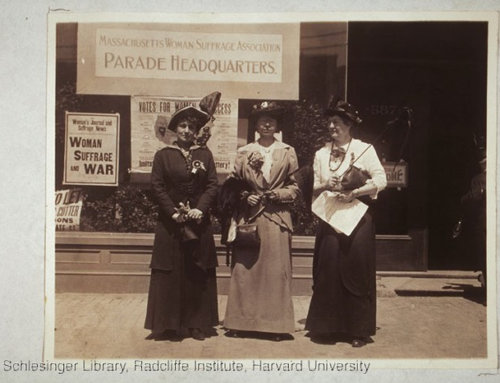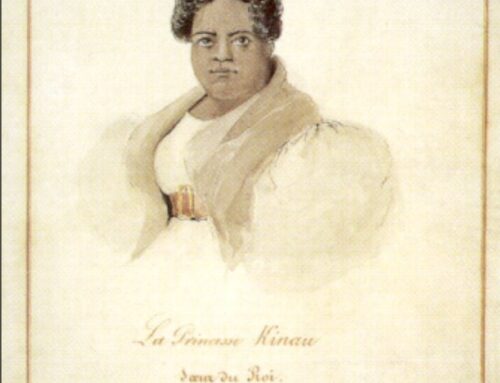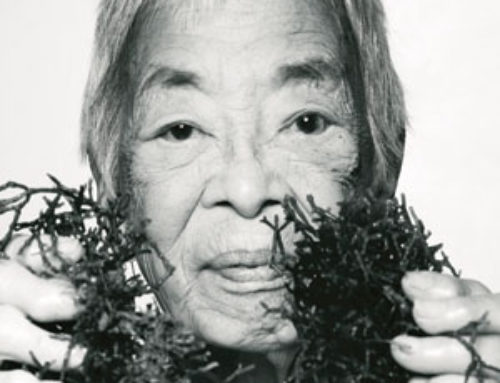
Hawai’ian Royalty
The youngest and only female child of King Kamehameha I and Queen Keōpūolani, the last of the direct descendants of the ancient royalty of Hawai’i and Maui whose mana (sacred spiritual energy) put her on the level of the gods, at Keauho Bay, South Kona, Hawai’i Island.
Unique from the start, Princess Nahi’ena’ena’s life was one of conflict, born of the cultural, social, political and economic changes occurring in Hawai’i from her early years on.
Her mother chose to raise her, rather than fostering her out to others, as was customary. Before the arrival of the missionaries, Queen Keōpūolani, also, along with Queen Ka’ahumanu, purportedly the King’s favorite wife, greatly influenced the ending of ai kapu, the laws against men and women eating together and women being prohibited from eating certain foods, before the arrival of the missionaries.
Queen Keōpūolani decided just before her death in 1823, to be baptized and to put her daughter under the guardianship of two Christian missionaries, the Reverends William Richardson and Charles Stewart. This set her orphaned eight-year old daughter on a path of conflicting allegiances, that of the Christian missionaries and those who wished to protect Hawai’ian culture. Nahi’ena’ena had a foot in each world.
At the age of nine, the Princess wore a ceremonial feathered skirt at the behest of chiefs, apparently reluctantly. This skirt covered a great deal less of her body than Christian tradition encouraged. And, perhaps in the most dramatic choice of her life, she married her brother, Kauikeaouli, King Kamehameha III, horrifying the missionaries and pleasing chiefs of the court in order to produce a royal heir of the highest order. Some sources say she sometimes rebelled against Christian doctrine, but she seemed to practice both Hawai’ian and Christian cultural practices and embrace beliefs from both cultures.
Despite her marriage to Kamehameha III, she was married to William Richards Leliohoku, the son of the Prime Minister of Hawai’i in 1835. She gave birth to a child in 1836, who lived for only a few hours. King Kamehameha III is thought to have believed the child to be his. Nahi’ena’ena was devastated both emotionally and physically after the birth and death of her child. She died around December 30, 1836. Her funeral service was held at Kawaiaha’o Church; the procession was led by traditional warriors and healers, clearly combining the two worlds into which she was born. She was buried next to her mother, Keopulani in Maui.
Sources:
http://www.daughtersofthegoddess.com/hawaii-information/princess-nahienaena/
https://core.ac.uk/download/pdf/5014837.pdf





